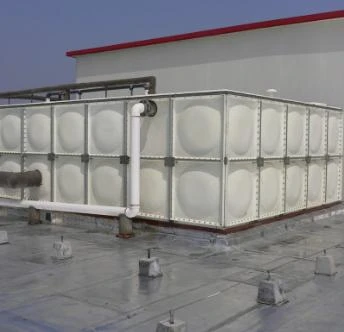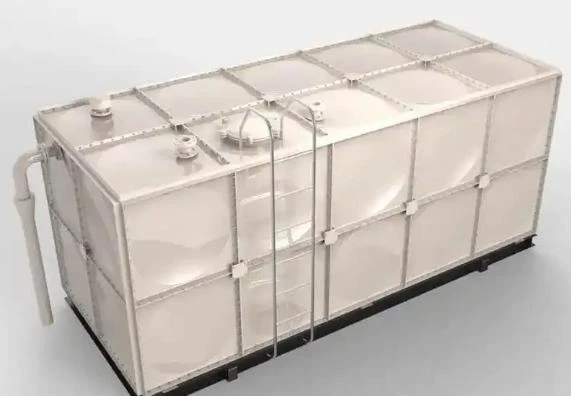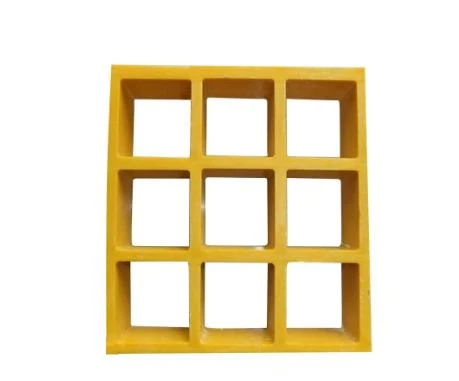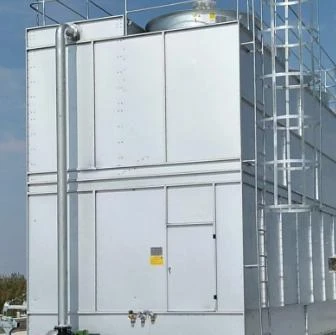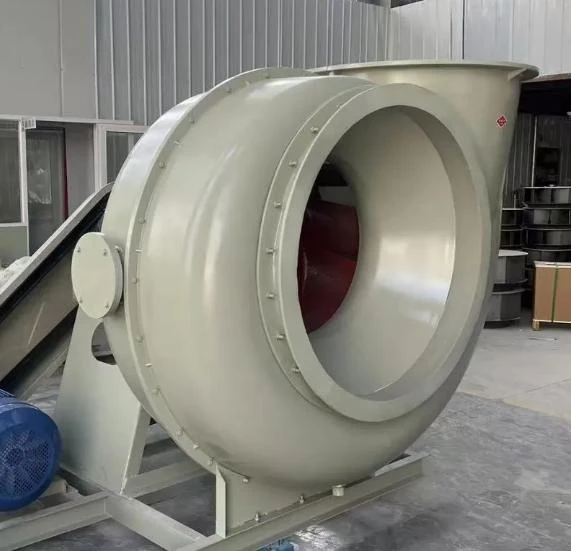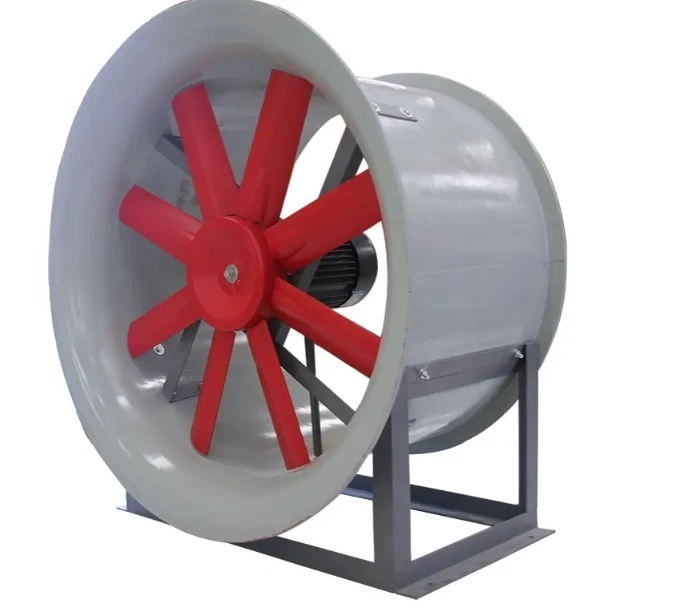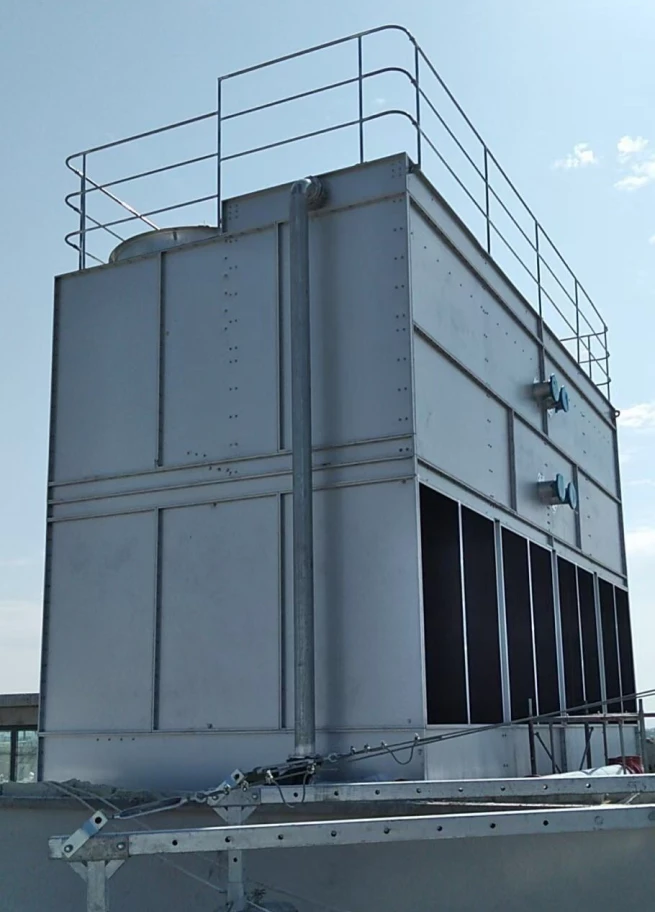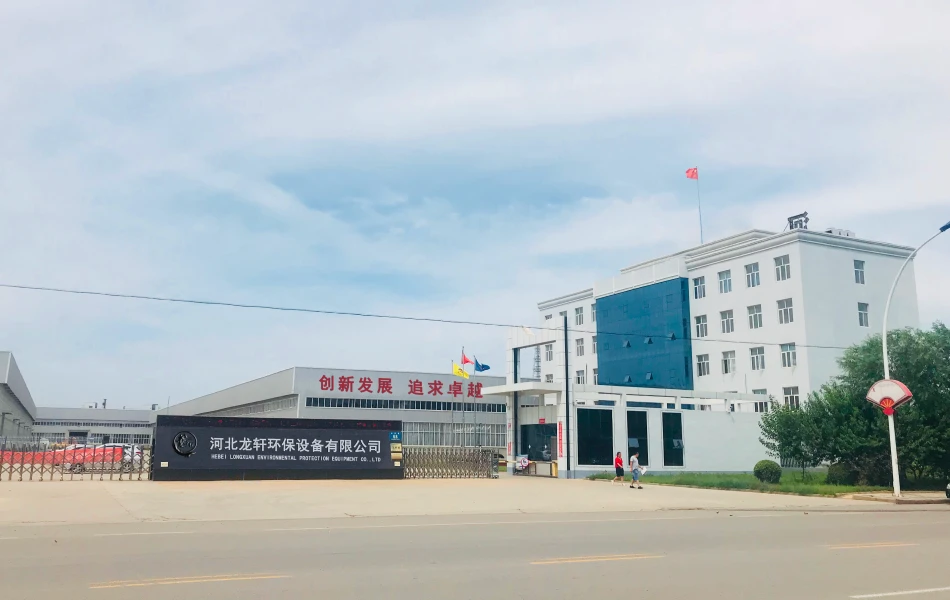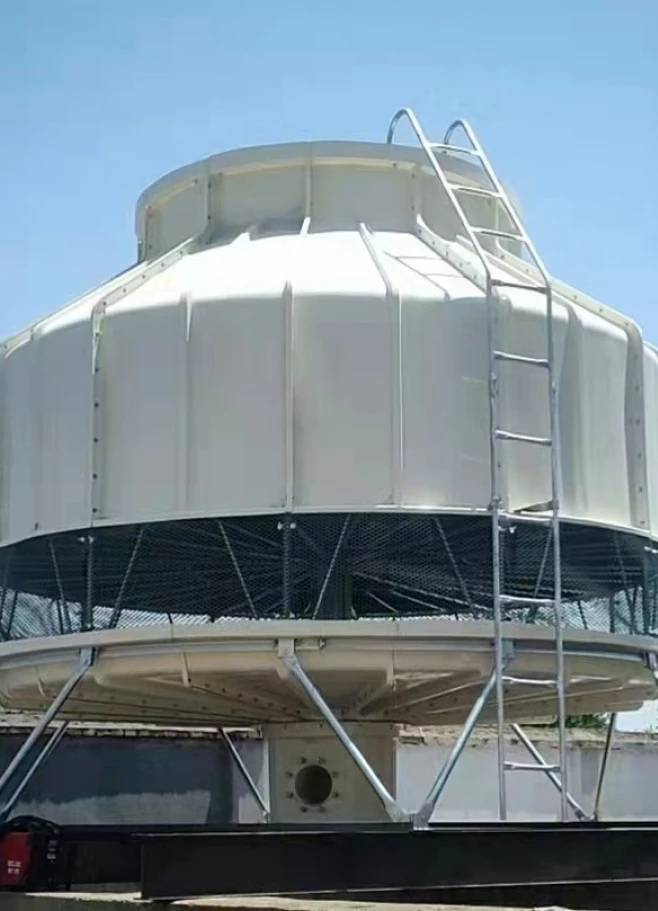

We Are Open 24 Hours a Day, 7 Days a Week, Including Weekends and Public Holidays.
- Overview of FRP grating properties and market position
- Performance data and technical advantages versus traditional materials
- Material composition and manufacturing innovations
- Supplier comparison with feature analysis table
- Custom design specifications for different industries
- Demonstrated effectiveness in demanding environments
- Implementation guidance and future industry directions
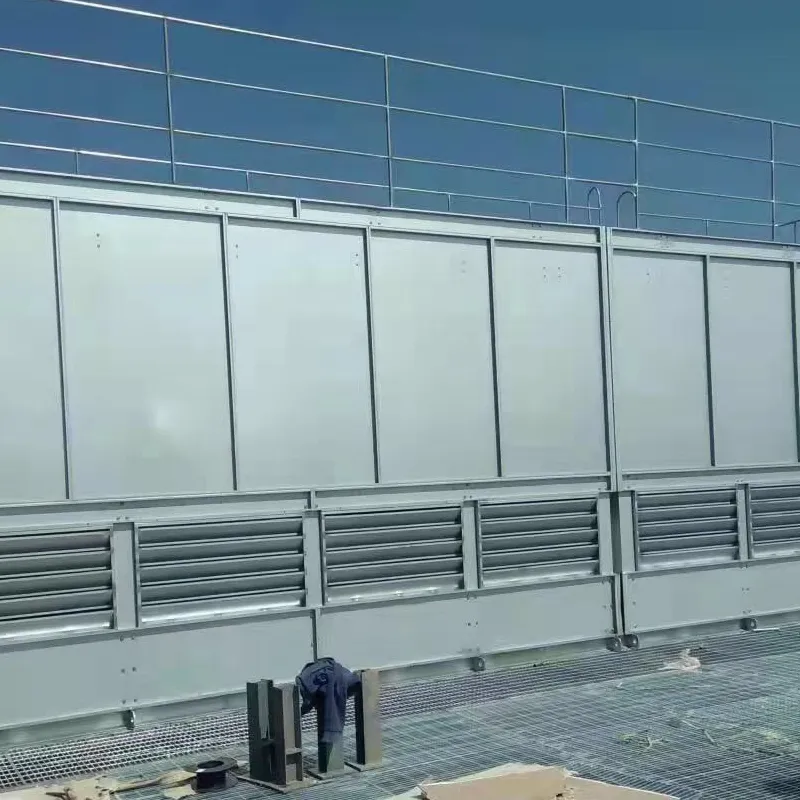
(fibre reinforced plastic grating)
Understanding Fibre Reinforced Plastic Grating
Fibre reinforced plastic grating represents a transformative advancement in structural materials, combining polymer matrices with reinforcing fibres. Unlike traditional steel alternatives, FRP grating delivers unparalleled corrosion resistance while maintaining significant load-bearing capacity. Industrial facilities handling chemicals increasingly specify this solution, with chemical processing plants reporting 67% lower maintenance costs after switching from metal alternatives.
Global market trends demonstrate accelerating adoption, with projections indicating a 6.3% compound annual growth rate through 2028. This expansion stems directly from operational advantages observed across multiple sectors. Oil refineries, wastewater treatment plants, and marine facilities consistently report extended service life exceeding 20 years without degradation, validating the material's robust performance characteristics in harsh environments.
Technical Advantages and Performance Metrics
Quantifiable advantages position fibre reinforced plastic grating
as superior to traditional alternatives. Laboratory testing reveals impact resistance 300% greater than aluminum equivalents while weighing merely one-third of steel alternatives. This weight reduction translates directly to reduced structural support requirements and accelerated installation timelines. Anti-slip surfaces maintain reliable performance even when subjected to hydraulic fluids or marine environments.
Comparative life-cycle studies document compelling operational economics. FRP installations demonstrate:
- Zero corrosion-related replacements over 15-year operational periods
- UV-resistant formulations maintaining 93% structural integrity after decade-long sun exposure
- Fire-retardant options achieving Class 1 flame spread ratings (ASTM E84)
Material Science and Engineering Innovations
Modern manufacturing employs precisely formulated resin systems reinforced with directional glass fibres. These components undergo controlled polymerization processes to achieve optimal cross-linking density. Proprietary formulations from leading fibre grating suppliers incorporate additives that enhance UV stability and flame resistance without compromising flexural strength.
Automated pultrusion techniques maintain consistent fibre alignment, producing gratings with tensile strengths reaching 280 MPa. Continuous manufacturing advancements enable complex geometric patterns for specialized drainage requirements, while maintaining uniform load distribution. Surface textures now integrate molded-in grit patterns exceeding OSHA standards for slip resistance in wet conditions.
Supplier Feature Comparison Analysis
The global FRP grating market includes specialized manufacturers with distinct technological capabilities. Differentiated features among established fibre grating suppliers include proprietary resin blends, specialized moulding techniques, and enhanced safety certifications. Comparison reveals substantial variations in production scale, customization capabilities, and technical support structures.
| Feature | Standard Supplier | Premium Supplier A | Premium Supplier B |
|---|---|---|---|
| Maximum Panel Size | 3.6m x 1.2m | 4.8m x 1.6m | 6m x 1.8m |
| Fire Rating Certification | BS 476 Class O | ASTM E84 Class 1 | BS 476 + ASTM E84 |
| Custom Fabrication Lead Time | 6-8 weeks | 3-4 weeks | 2-3 weeks |
| Load Capacity Rating | D-1.0 (1,000Pa) | E-1.5 (1,500Pa) | F-2.0 (2,000Pa) |
Industry-Specific Customization Applications
Custom fiberglass reinforced plastic grating specifications address unique industry requirements through precise engineering adaptations. Offshore platforms utilize explosion-proof configurations with conductive additives preventing static discharge. Food processing plants deploy antimicrobial resin formulations meeting USDA and FDA standards, resisting sanitation chemicals without degradation.
Transit infrastructure applications require specialized solutions meeting specific regulatory standards. Bridge applications employ gratings with open-area percentages calibrated between 56-65% to optimize rainwater drainage while maintaining pedestrian safety. Electrical utility installations integrate non-conductive variants preventing accidental energization, validated through independent dielectric testing above 20 kV/mm.
Documented Performance in Critical Environments
Major petrochemical facilities demonstrate FRP grating effectiveness under extreme conditions. Aramco installations across Middle Eastern refineries with atmospheric H₂S concentrations show zero material degradation after 12 years. Coastal Florida power plants subject to salt spray and hurricane-force winds report complete walkway integrity post-storm events where steel alternatives required full replacement.
Documented maintenance savings prove compelling: ExxonMobil refinery data indicates 90% reduction in walkway-related work orders after implementing FRP solutions. Additional documented benefits include improved workplace safety metrics - slip-and-fall incidents decreased by 78% on textured FRP surfaces compared to diamond-plate steel alternatives.
Implementing Fibre Reinforced Plastic Grating Systems
Successful installation begins with comprehensive technical evaluation. Leading fibre grating suppliers now provide proprietary software modeling load distribution and deflection characteristics specific to site parameters. Structural engineers increasingly reference the Fiberglass Rebar & Grating Design Manual to optimize panel sizing and support spacing configurations.
The future points toward intelligent composite materials development. Next-generation fiberglass reinforced plastic grating integrates embedded sensors monitoring structural health and load conditions in real-time. Chemical resistance boundaries continue expanding with nano-additive formulations resisting concentrated acids previously degrading standard FRP composites. These innovations maintain FRP's position as the premier solution across industrial infrastructure worldwide.
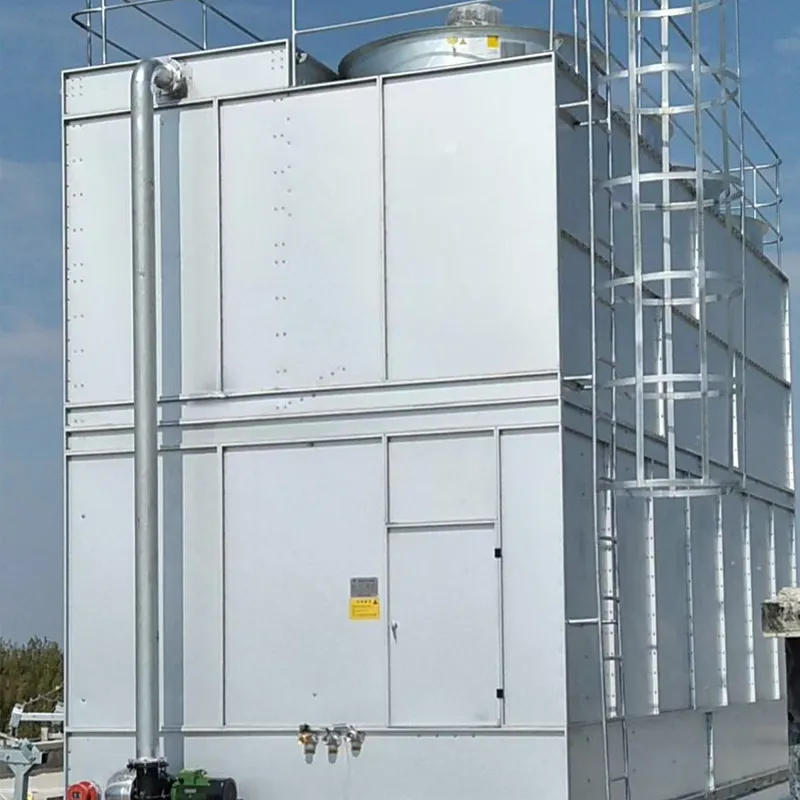
(fibre reinforced plastic grating)
FAQS on fibre reinforced plastic grating
Q: What is fibre reinforced plastic grating?
A: Fibre reinforced plastic (FRP) grating is a lightweight, high-strength composite material made by combining fiberglass strands with resin. It offers excellent corrosion resistance and durability in harsh environments. Common applications include industrial walkways, platforms, and marine structures.
Q: How to find reliable fibre grating suppliers?
A: Look for suppliers with industry certifications like ISO 9001 and proven experience in FRP manufacturing. Evaluate product quality, customization capabilities, and customer reviews. Reputable suppliers often provide material test reports and technical support to ensure suitability for specific projects.
Q: What advantages does fiberglass reinforced plastic grating offer?
A: Key benefits include corrosion resistance to chemicals, saltwater, and UV exposure, making it ideal for challenging environments. Its non-conductive properties enhance electrical safety, while the lightweight nature simplifies installation and reduces structural support costs compared to steel alternatives.
Q: Where is fiberglass reinforced plastic grating commonly used?
A: Popular applications include wastewater treatment plants, oil refineries, maritime docks, and food processing facilities. It's chosen for platforms, stair treads, and safety walkways where slip resistance and minimal maintenance are critical. The material also serves in electrical substations due to its non-conductive nature.
Q: How is FRP grating installed?
A: FRP grating panels are easily cut onsite with standard tools and secured using corrosion-resistant clamps or bolts. Proper spacing for thermal expansion must be maintained between panels. Installation requires minimal heavy equipment due to the material's light weight, significantly reducing labor time.





Address
20 Xingyuan South Street, Zaoqiang County, Hengshui City, Hebei Province, China














